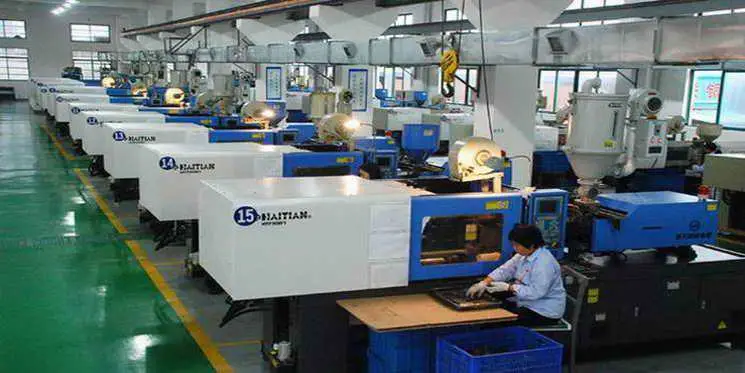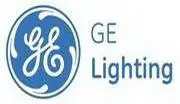What is ABS (Acrylonitrile-Butadiene-Styrene Copolymer), and what are its properties and uses?
ABS is a terpolymer produced through industrial methods such as emulsion polymerization and bulk polymerization. Structurally, the main chain of ABS can consist of BS, AB, AS, while the corresponding side chains can include components like AS, S, AB, etc. ABS is a polymer that disperses a rubber phase within a continuous resin phase, making it more than just a simple copolymer or mixture of these three monomers.
(1) Common Characteristics of ABS
ABS is formed from the polymerization of acrylonitrile, butadiene, and styrene, combining the advantages of these three components: Acrylonitrile contributes high hardness, good corrosion resistance, and thermal resistance; butadiene provides high toughness and low-temperature elasticity; styrene ensures good processability, rigidity, and colorability of ABS. The ratios of these components can be adjusted as needed to achieve the desired properties in the plastic. ABS is non-toxic and odorless, available in granular or powdered forms, with a density of 1.02 to 1.08 g/cm³ and very low water absorption of less than 1%. Its operating temperature range extends from -40 to 110°C, exhibiting excellent mechanical properties, fatigue resistance, and impact strength. Depending on the additives used and the composition, ABS can be produced in various grades, including general-purpose, impact-resistant, low-temperature impact, flame-retardant, electroplating, transparent, and self-extinguishing types.
ABS exhibits good chemical stability, resisting the corrosive effects of acids, bases, and salts. It is insoluble in alcohol but may swell with prolonged contact. Contact with acetic acid or certain vegetable oils can lead to product cracking. ABS is also noted for its good colorability, allowing for vibrant coloration in finished products. Another important feature is its ability to undergo electroplating, painting, printing, vacuum coating, and decorating, enhancing its aesthetic appeal. Additionally, its electrical insulation properties are commendable.
The main drawbacks of ABS include poor weather resistance, as it can degrade under UV exposure; thermal stability issues, making it flammable and non-self-extinguishing. It is unsuitable for long-term outdoor use, as it is prone to aging and deterioration.
(2) Main Uses of ABS
Due to its excellent overall performance, ABS is widely applied. It can be used to manufacture various mechanical parts, such as gears, bearings, pump impellers, handles, and automotive components. ABS also finds extensive application in household appliances, used in casings for televisions, radios, tape recorders, refrigerators, washing machines, as well as electroplated knobs, telephone housings, handsets, and dial plates. Other uses include the production of fender flares, armrests, hot air ducts, and heaters for automobiles; it is also suitable for making stationery, toys, musical instruments, mailboxes, food packaging containers, furniture, and sprayers, among others.






